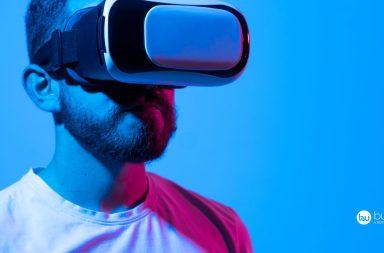Over the past decade, consumer technologies capable of monitoring cardiovascular parameters have increased significantly. Initially focused on exercise markers, these devices now include measurements relevant to physiology and healthcare. The public is eager to adopt these devices, believing they can help identify and monitor cardiovascular disease. Consequently, clinicians often encounter health app data accompanied by diverse concerns and queries. An article published in The Lancet Digital Health July 2023 assesses the accuracy and validity of these devices.
It reviews their methods and technologies and explores the evidence supporting their use as diagnostic and monitoring tools in various cardiovascular conditions such as hypertension, arrhythmia, heart failure, coronary artery disease, pulmonary hypertension, and valvular heart disease. When used correctly, these devices can improve healthcare and support research efforts.
Disease assessment by physicians
To effectively predict, prevent, diagnose, and treat cardiovascular diseases, physicians require an assessment of symptoms, activity levels, comorbidity, and contextual information. This is before prescribing targeted investigations and treatment recommendations. Wearable technologies have the potential to enhance cardiovascular medicine care.
The authors discuss accessible devices available to the public, the underlying sensor technologies, the data they collect, and their applications. These tools offer a perspective on the potential integration of these technologies into cardiovascular healthcare. They highlight the challenges to address and the studies required to confirm their utility. Including wearable clothing, apparel, and cutaneous patches and their applications in clinical research in cardiovascular medicine.
The article emphasizes the importance of safety, accuracy, reliability, and reproducibility for all devices claiming to measure human physiology. For instance, blood pressure devices must adhere to strict guidelines provided by standards organizations. In this way, patients and healthcare providers can trust health apps data to identify cardiovascular disorders. The authors suggest an increased involvement of clinical bodies in the development of regulatory guidelines and evaluation methods.
Importance of symptom
Medical decision-making relies on symptom context, traditionally obtained by asking patients to recall their activities when experiencing symptoms. Subjective recall can be misleading, especially for patients with memory or communication difficulties. Mobile and wearable devices allow users to record symptoms and physical parameters simultaneously, offering more accurate and objective information. By using self-reported questionnaires, smartphone data, and wearable movement sensors, researchers have successfully applied this approach to mental health and Parkinson’s disease research. There is potential to identify patients who require further assessment or monitoring by distinguishing cardiac symptoms from non-cardiac symptoms.
Physical activity plays a significant role in the classification and treatment decisions of cardiovascular diseases such as heart failure and angina. Subjective self-reporting of physical activity levels is imprecise, and wearable device data provide objective measurements over extended periods. By measuring step counts, accelerometers can quantify physical activity, while GPS can track speed, location, and terrain over time. Patients’ specific data allows for more personalized medicine, including tailored exercise advice and monitoring treatment response.
Decision-making process
Wearable devices in clinical decision-making pose challenges and require validation. Despite numerous studies, wearable devices have yet to demonstrate improvements in defined medical outcomes. This highlights the necessity for further research to identify risks and benefits for patients and healthcare systems. Medical training will need to address these issues as evidence continues to grow and incorporate the complexities of handling large volumes of diverse device data.
The regulatory landscape for digital healthcare will need to keep pace with these advancements, while public trust and acceptance of wearable technology are crucial. Wearables could reduce healthcare inequalities if they were affordable and accessible to all. This is without discriminating against individuals who may face challenges using the technology due to unfamiliarity with electronic devices or health conditions.
Combining wearables with telemedicine has the potential to revolutionize community care, leading to a decrease in acute hospital admissions and healthcare spending. In conclusion, wearable technology has the potential to transform routine clinical consultations by providing standardized objective parameters of health and quality of life. This was gathered over an extended period. Wearable devices have shown promise in cardiovascular diseases, but they are still in their early stages. Wearable data can personalize and enhance cardiovascular disease management, ultimately improving outcomes for individuals and populations.



